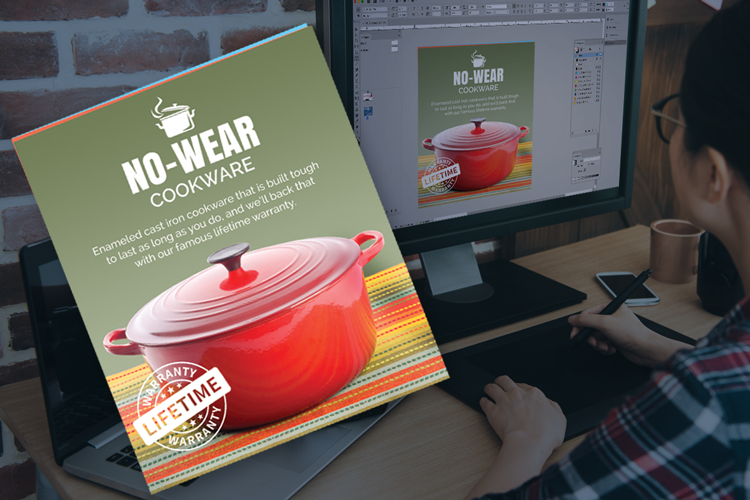Boost Open Rates with Your Email Preheader: 10 Dos and Don’ts

Email marketing is a powerful tool that keeps your print business connected with your print buyers and drives conversions. However, for your email campaign to succeed, you must be certain your intended recipients will open and read each email. One of the best ways to ensure this is by optimizing your email preheader text, which can have a significant impact
Email Marketing For Printers: 10 Do’s and Don’ts to Maintain Responsive Contacts and Keep You Out of the Junk Folder

Though it can be tempting to stay status quo with your email list for the sake of numbers, the truth is a smaller list of responsive email contacts is of higher quality and greater benefit to your print business. If your email list contains a large number of unresponsive contacts, it’s time to ask yourself why and what you can
10 Tips for Subject Lines that Get Emails Opened

What’s the big secret to getting print buyers to open your emails? Attention-grabbing headlines. Because your print buyers are busier than ever before, a lot of business emails end up going straight into the trash. But this doesn’t have to happen to you with strategic subject lines that can get your emails noticed and read. Emails that have a high
Your Guide to Email Drip Campaigns For Printers

A sustainable marketing strategy is all about balance. Yes, we love (and are partial to) print, but it’s not the end-all, be-all if you’re genuinely focused on meeting your print buyers where they’re at. And where are they? Everywhere: print, online, social media, in-person, and in your email inbox. Did you know that 73% of businesses use email as their
3 Reasons Your Printing Company Needs an Email Newsletter

Did you know that your customers and prospects assume you’re an expert in marketing as a whole – print, digital, online, offline, and everything in between? That means, Your marketing expertise can’t stop at direct mail. When you embrace the benefits of email marketing, you’ll not only be helping your business personally, but you’ll be showing off your other marketing-ninja
3 Email Examples to Prepare Your Print Buyers for the Rebound

Has your world recently been filled with clichés like these: “Tough times don’t last, tough people do.” “This, too, shall pass.” “Every cloud has a silver lining.” I don’t know about you, but I don’t need clichés right now. I need some real breakthroughs. As Harry Truman once said, “The only thing new in the world is the history we
Email Marketing For Printers: 17 Best Email Marketing Practices

Adding email campaigns to your marketing toolkit is an excellent way to create connections and get your message out to the masses. To help you achieve the best results in your email marketing efforts, check out these 17 best email marketing practices: Perfect Your Proofing 1. Send it to Yourself Before you send an email to anyone in your audience,
23 Easy Tips to Spam-Proof Your Email

Email marketing isn’t easy. After all the time you’ve invested carefully crafting the perfect email, it’s important to make sure your message bypasses the digital black hole (a.k.a. the junk folder) and lands safely in the inbox of your customers and prospects. Here are some easy tips to get your email message on its way to spam-free status. It’s All
Mini Brochures: From Virtual to Reality

One of our favorite stories about Printer@Work (the email newsletter available for use with each website provided by Marketing Ideas For Printers) goes something like this: One of our customers (a printer) told us how their customer (a print buyer) replied to a Printer@Work email the printer had sent. The customer’s email simply asked the printer to print X number


